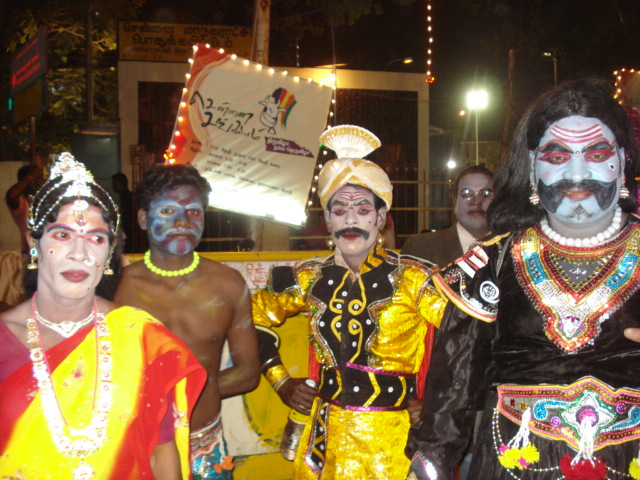Monday, July 19, 2010
May 26 2010
Dear Family,
You are the greatest
Isn't that the truth?
We baptized Suguna (Rachel) this Sunday. She was awesome. Elder Pimsakul performed his first baptism.
The service went well. We had an investigating family stay for it too. I played piano for Sacrament and for the baptism service.
The news:
1. 4 Elders are going home on Friday
2. Elder Mackay (my Zone Leader comp) is going to Visak
3. Elder Pimsakul is going to another area, but still in my district, so I'll see him often
4. Both of the District Leaders in our Zone are changing.
5. My new comp, Elder Jenks, … he will be great to work with.
6. Our branch is splitting and I'm working with the District Presidency to divide our areas appropriately.
7. And I love it!
Things are going well. I told President Nichols that being busy is like working out. It hurts sometimes while you're doing it, and you get frustrated sometimes, but the results are great. I'm busy even today.
We set goals that are going to send us through the roof as a Zone. I'm on top of, so I am excited!!
I love you!
Write more,
You are the greatest
Isn't that the truth?
We baptized Suguna (Rachel) this Sunday. She was awesome. Elder Pimsakul performed his first baptism.
The service went well. We had an investigating family stay for it too. I played piano for Sacrament and for the baptism service.
The news:
1. 4 Elders are going home on Friday
2. Elder Mackay (my Zone Leader comp) is going to Visak
3. Elder Pimsakul is going to another area, but still in my district, so I'll see him often
4. Both of the District Leaders in our Zone are changing.
5. My new comp, Elder Jenks, … he will be great to work with.
6. Our branch is splitting and I'm working with the District Presidency to divide our areas appropriately.
7. And I love it!
Things are going well. I told President Nichols that being busy is like working out. It hurts sometimes while you're doing it, and you get frustrated sometimes, but the results are great. I'm busy even today.
We set goals that are going to send us through the roof as a Zone. I'm on top of, so I am excited!!
I love you!
Write more,
Subscribe to:
Post Comments (Atom)






No comments:
Post a Comment